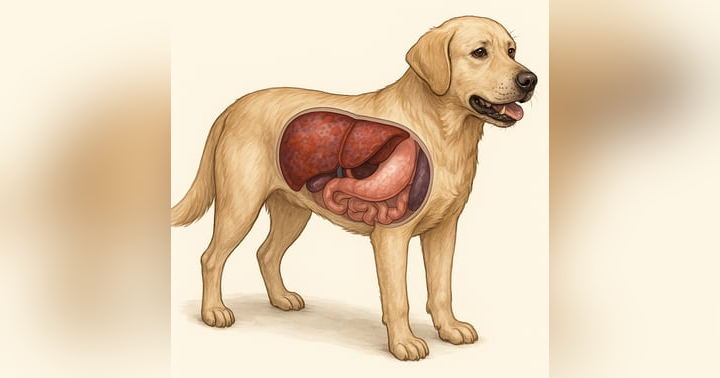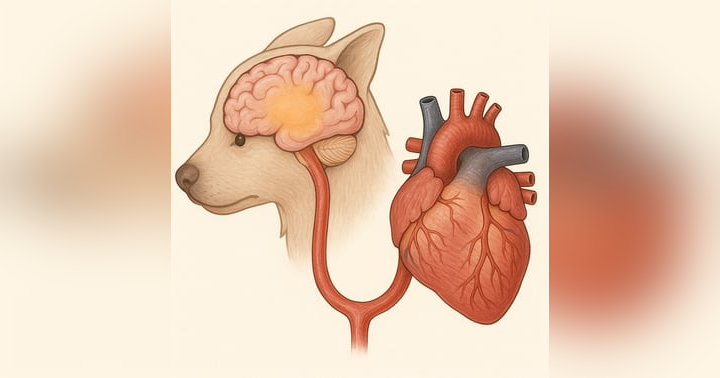What is a Dog??

From Episode 180 on the Medicine Stream. With nutritionist Romaine Trousset.
Sounds like a weird question, right? But it turns out that it’s a relevant one when it comes to the whole ‘feed your dog like a wolf’ conversation. In this conversation, where we explored the facts and the data around the raw food vs kibble debate, Romaine dropped a few bombshells that I feel, as a vet, I should have known:
-
Dogs and wolves diverged genetically between 12,000 and 20,000 years ago as the ancestors of dogs started hanging around human settlements and adapting to eat our scraps.
-
This domestication process resulted in genetic changes in dogs, making them distinct from wolves. So domestication is not the same as taming. Your tame wolf will do fine back in the wild. A pack or feral cavoodles will act and eat differently to wolves. (Although I think a pack of Chihuahuas would be up there with the wolves!)
-
Research has identified 36 areas of genomic difference between the two species.
-
19 of these genetic differences relate to the brain, highlighting the neurological changes associated with domestication.
-
10 of the genetic differences relate to metabolism and digestion, particularly starch digestion.
-
-
Dogs possess four times more replicas of the amylase gene compared to wolves. This genetic adaptation allows dogs to digest starch more efficiently than their wild counterparts. (The other mammals that have similar digestive capability are… pigs, rats, and YOU.
For more clinical pearls, sign up for our free weekly Newsletter, or get all of our content on the go with our Clinical Podcasts.





